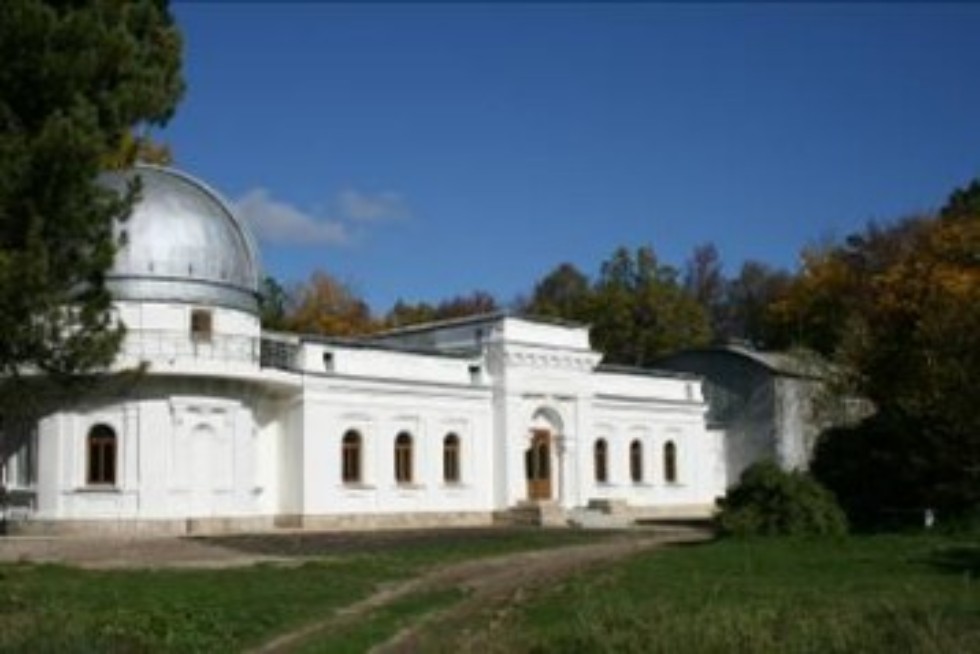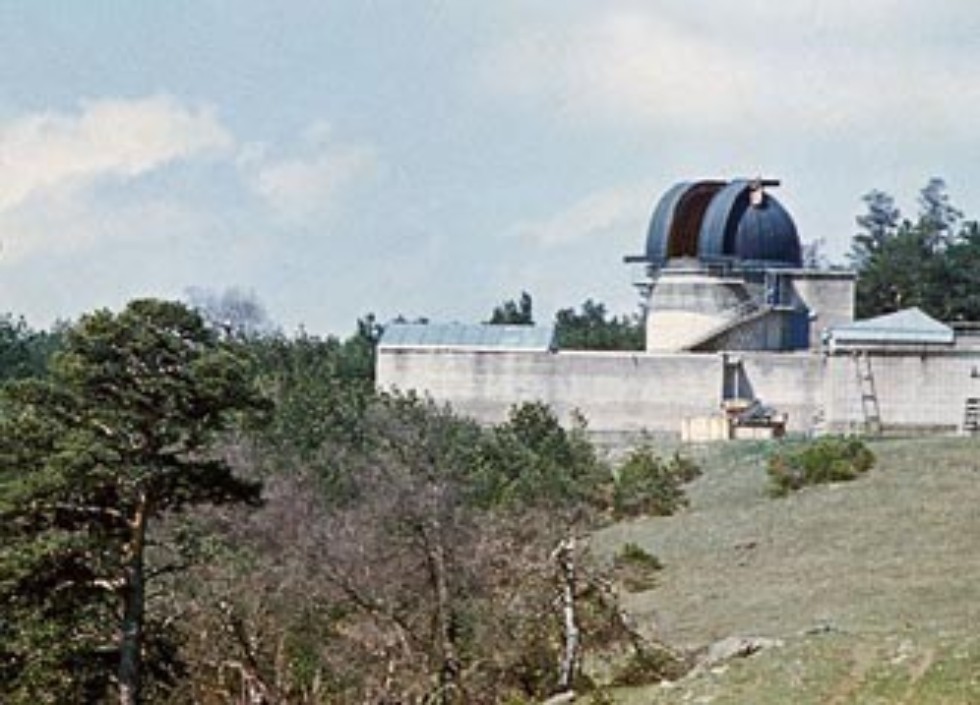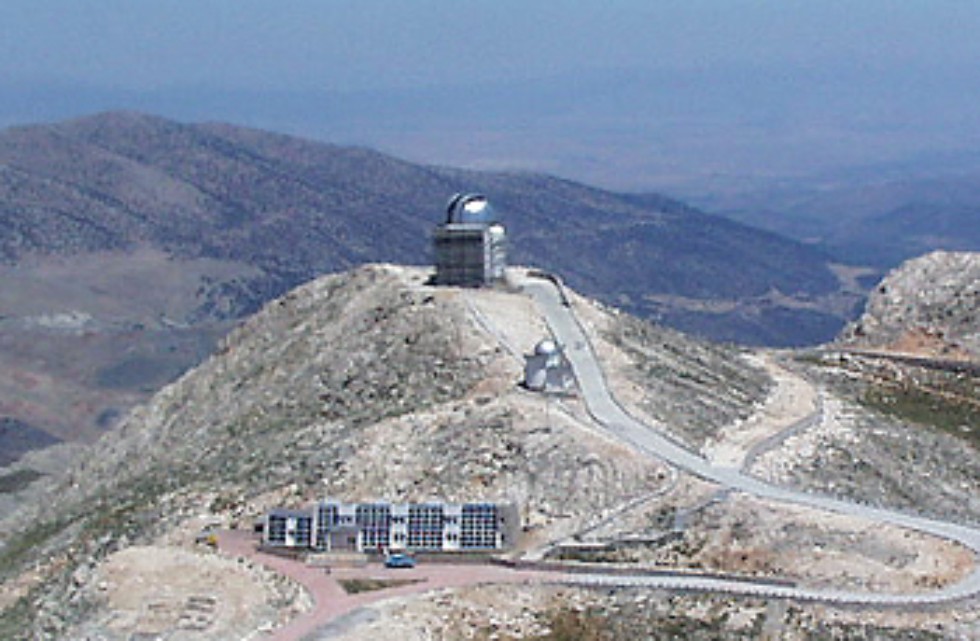Head of department - doctor of science, associate professor Bikmaev Ilfan Fyaritovich
Astronomy and cosmic geodesy department trains specialists in astronomy and cosmic geodesy.
It is the oldest department of its kind in Russia and has been accepting students since as far back as 1810. Its first head was Joseph Johann Littrow.
Among its numerous students were Nikolai Lobachevsky, great Russian mathematician and geometer, renowned primarily for his pioneering works on hyperbolic geometry, otherwise known as Lobachevskian geometry, and Ivan Simonov, Russian astronomer and member of the first Antarctic expedition, discovered Antarctida.
The department's observatory, unique for its time, was built in 1833 - 1837.

In 1901 a new observatory was built in the suburb of Kazan.

In the 1930s the department started to train specialists in geodesy. In the 1940s a number of important scientists were evacuated to Kazan and Elabuga. Among them were (left to right on the pictures below) Otto Schmidt (cosmogonic hypothesis), Viktor Hambardzumyan (star systems), Viktor Sobolev (moving shells of stars).
In the 1960s the department started developing in the field of astrophysics - physical modeling of stellar atmospheres and their parameters by studying their specters. Now the department possesses an observatory in North Caucasus, Russia. The observatory in North Caucasus is situated on the slope of Pastukhov mountain (approximately 2000 meters high). 1.5 meter telescope was installed in in the mountain Bakerlatape ( 2500 meters high) in Turkey.

Astronomical station at North Caucasus

Astronomy in Kazan today
People :
1 Academician of Academy of Sciences of Tatarstan
4 Russian Doctors of Science
13 Russian Candidates of Science
Research :
Astrometry - A.I. Nefedyeva, V.V. Lapaeva, R.I. Gumerov
Comets, meteors - O.I.Belkovich, V.V.Andreev, E.D.Kondratyeva, M.G.Ishmukhametova
Selenodesy - Yu.A. Nefedyev, N.G.Rizvanov, M.I. Shpekin, N.K. Petrova
Multiple stars - G.V. Zhukov, R.Ya. Zhuchkov
Close binary systems - V.V. Shimanskiy, V.F.Suleimanov
Non-LTE - N.A. Sakhibullin, N.N. Shimanskaya, D. Ivanova
Extragalactic astronomy - N.A. Sakhibullin, I.F. Bikmaev
RTT150 (Russian-Turkish 1.5-m Telecope) - N.A. Sakhibullin, I.F. Bikmaev, R.I. Gumerov, A. I. Galeev (Official site)
The department's lectures, researchers and students work closely together with the leading scientists from Russia, Ukraine, Latvia, Estonia, Netherlands, Spain, Germany, USA and other countries.
Perspectives
19th century - Solar System
20th century - our Galaxy
21st century - extragalactic objects
Education
Department opened : 1810
Specialities : Astronomy (since 1810), Geodesy (since 1930)
Courses : Mathematics and General Physics (1st year), spherical astronomy, astrometry, celestial mechanics, astrophysics, star and extragalactical astronomy etc. Each summer students participate in practical trainings in various observatories.
Course duration : 5 years
Number of students admitted per year :
- astronomy - 20
- geodesy - 25
Employment perspectives :
1) Scientific careers in various observatories, institutes etc.
2) Office work (all of the students undergo intensive computer training)
3) Postgraduate course